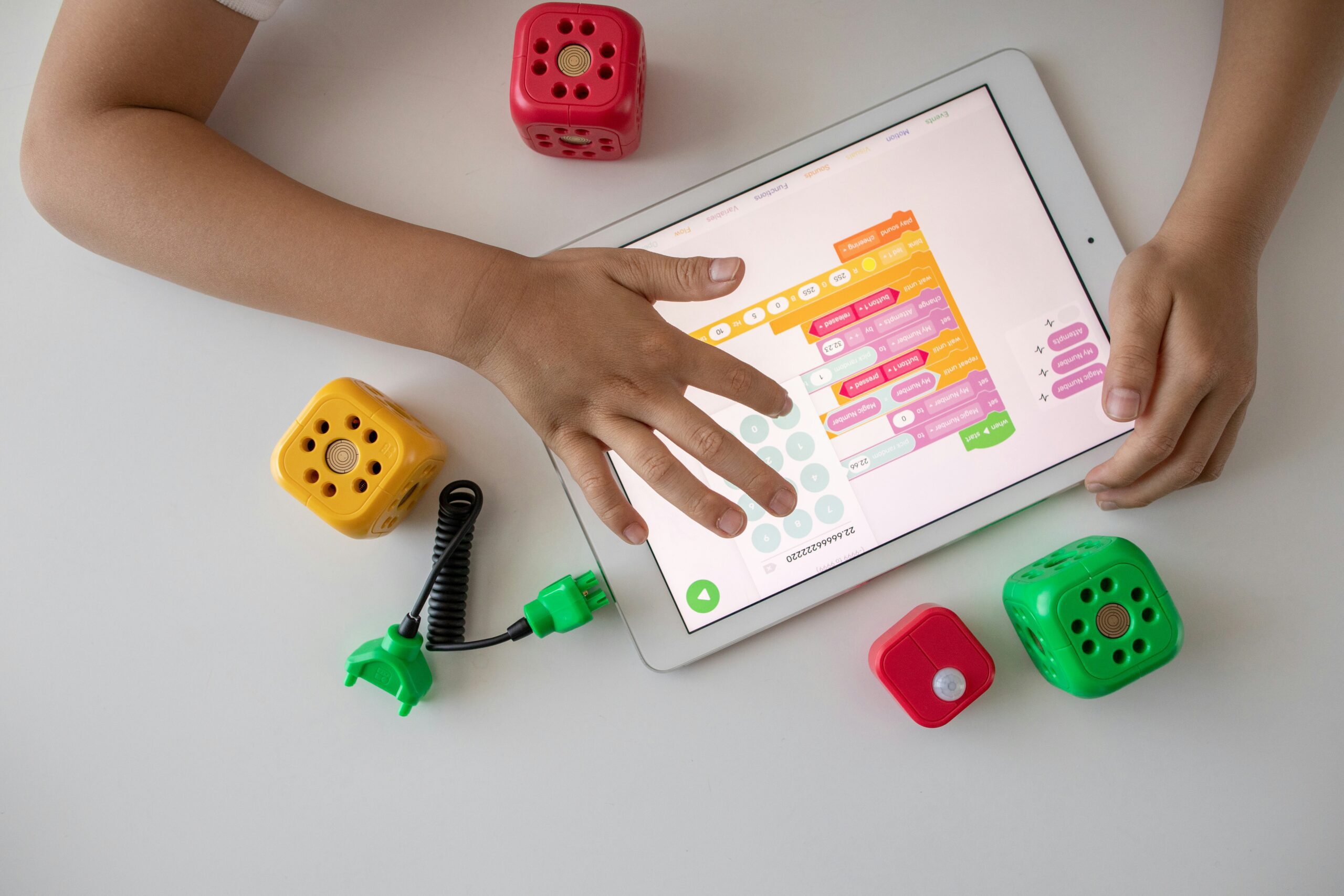In today’s digital age, technology has revolutionized every aspect of our lives, including education. With the advent of online learning platforms, students now have access to a wealth of educational resources and opportunities. However, the success of these platforms relies heavily on their user interface (UI) and user experience (UX) design. In this blog post, we will explore the importance of UI/UX in education and how it can transform learning platforms for enhanced student experiences.
UI/UX design plays a crucial role in creating a seamless and intuitive learning experience for students. A well-designed user interface ensures that students can easily navigate through the platform, find the information they need, and engage with the learning materials. It should be visually appealing, organized, and user-friendly, allowing students to focus on their studies without any distractions or frustrations.
One of the key elements of UI/UX design in education is responsiveness. With the increasing use of mobile devices, it is essential for learning platforms to be accessible across different screen sizes and resolutions. A responsive design ensures that students can access the platform from their smartphones, tablets, or laptops, providing them with the flexibility to learn anytime and anywhere.
Another important aspect of UI/UX design in education is personalization. Every student has unique learning preferences and needs. By incorporating personalized features into the platform, such as adaptive learning algorithms or customizable dashboards, students can tailor their learning experience to suit their individual requirements. This not only enhances their engagement but also improves their overall learning outcomes.
Furthermore, UI/UX design can greatly impact student motivation and engagement. Gamification, for example, is an effective technique that uses game-like elements, such as badges, leaderboards, or progress bars, to motivate students and make learning more enjoyable. By incorporating gamified elements into the learning platform, students are incentivized to complete tasks, track their progress, and compete with their peers, fostering a sense of achievement and boosting their motivation to learn.
Additionally, UI/UX design can enhance collaboration and communication among students and teachers. Features such as discussion forums, live chat, or collaborative projects promote interaction and knowledge sharing, creating a sense of community within the learning platform. This not only facilitates peer-to-peer learning but also allows students to seek help and guidance from their instructors, fostering a supportive and engaging learning environment.
Moreover, UI/UX design can contribute to the accessibility and inclusivity of learning platforms. It is crucial to ensure that the platform is designed with diverse users in mind, including individuals with disabilities or different learning styles. Implementing features such as closed captions, text-to-speech options, or alternative formats for content can make the platform more accessible to all students, regardless of their abilities or learning preferences.
In conclusion, UI/UX design plays a vital role in transforming learning platforms and enhancing student experiences. By creating intuitive and user-friendly interfaces, incorporating personalization and gamification, promoting collaboration and communication, and ensuring accessibility and inclusivity, educational platforms can provide students with an engaging and effective learning environment. As technology continues to evolve, it is crucial for educational institutions and developers to prioritize UI/UX design to meet the ever-changing needs of students and create a positive impact on their educational journey.
Remember, the success of a learning platform lies not only in its content but also in its design. A well-designed UI/UX can make all the difference in creating an enjoyable and effective learning experience for students.











Leave a Reply